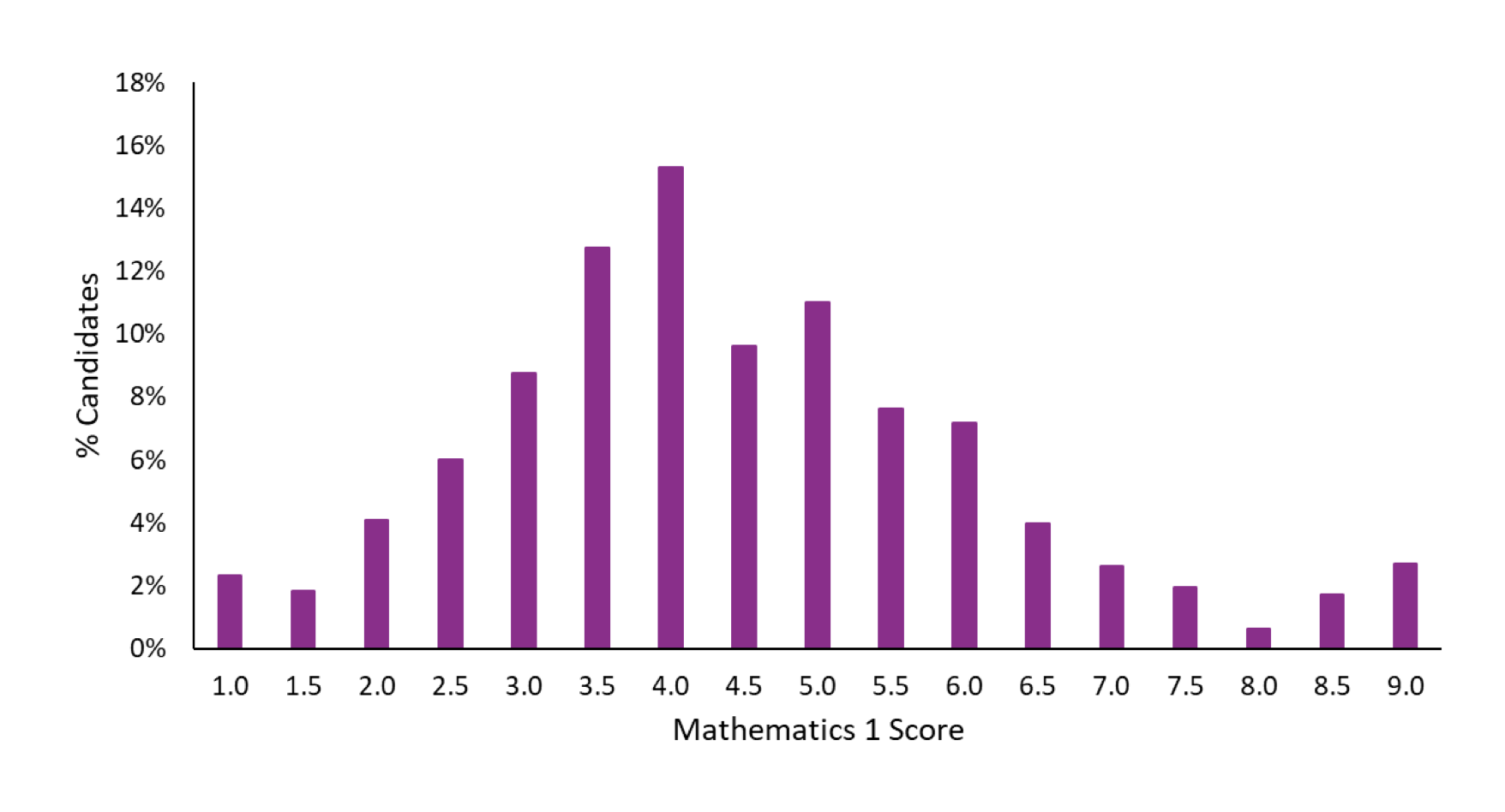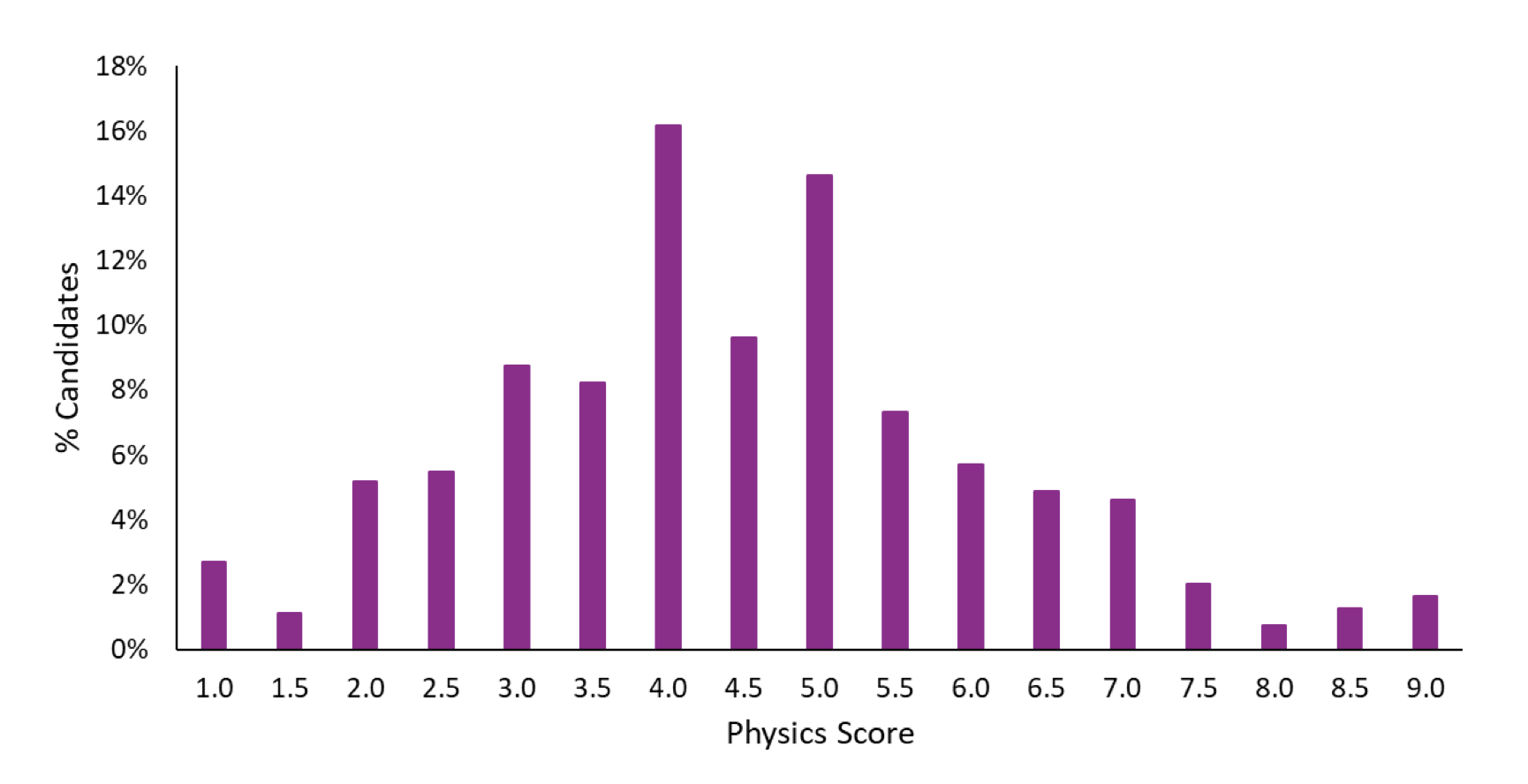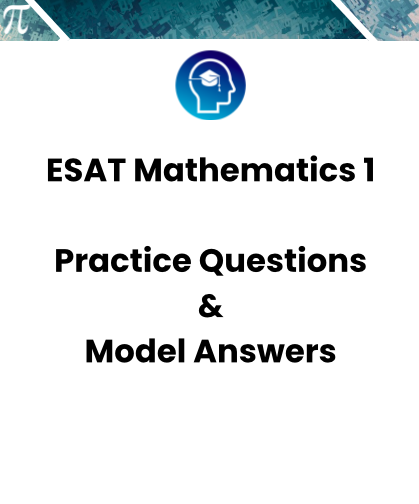As of 2024, students applying for certain subjects at Imperial College London are required to sit the Engineering and Science Admissions Test (ESAT). But what is it, who needs to take it and how does it affect your application? In this article, we’ll outline everything you need to know about taking the ESAT for Imperial College London.
ESAT for Imperial College London
The ESAT is an admissions test required for engineering and science courses at the University of Cambridge, University College London (UCL) and Imperial College London. The test comprises one mandatory section, Mathematics 1 and four further optional sections: Biology, Chemistry, Physics and Mathematics 2. Candidates will need to sit at least one of these optional sections and depending on your course choice, and this is mandated by Imperial. Please check the Imperial College London website for more information.
Do I Need the ESAT for Imperial?
Candidates applying for courses in the following Imperial departments will be required to sit the ESAT:
- Aeronautics
- Chemical Engineering
- Civil and Environmental Engineering
- Dyson School of Design Engineering
- Electrical and Electronic Engineering
- Mechanical Engineering
- Physics
What Is the ESAT Test Format for Imperial Applicants?
Imperial College London has set the sections that each candidate needs to complete for each course. See the table below for the Imperial ESAT requirements below:
| Department | Module 1 | Module 2 | Module 3 |
| Aeronautics | Mathematics 1 | Mathematics 2 | Physics |
| Chemical Engineering | Mathematics 1 | Mathematics 2 | Chemistry |
| Civil and Environmental Engineering | Mathematics 1 | Mathematics 2 | Physics |
| Dyson School of Design Engineering | Mathematics 1 | Mathematics 2 | Not applicable |
| Electrical and Electronic Engineering | Mathematics 1 | Mathematics 2 | Physics |
| Mechanical Engineering | Mathematics 1 | Mathematics 2 | Physics |
| Physics | Mathematics 1 | Mathematics 2 | Physics |
Candidates should note that due to the nature of the courses, no student is required to sit the Biology section. All candidates are required to sit Mathematics 1 and 2, with most students also taking Physics as the third section. With the exception of chemical engineering, which requires candidates to take the chemistry sub-test.
All sections of the ESAT are 40 minutes long and comprise of 27 multiple-choice questions. For more information on the ESAT syllabus, check out our ESAT Definitive Guide for a breakdown of topics.
What ESAT Score Is Needed for Imperial College?
The ESAT is scored separately for each test section from a score between 1.0 (the lowest) and 9.0 (the highest). The ESAT Imperial score has no cut off by the university. The UAT-UK (the official test administrators) have stated that most candidates score around 4.5 with only 10% scoring higher than 5.0. You can see a breakdown of the scores from last year for all applicable sections below. These have been taken from the official website.

Breaking down the scores for Mathematics 1, we can see that 66% of candidates scored 4.0 or over. 42% of candidates scored over 5.0, which is still quite a high percentage. Only the top 10% of candidates scored over 7.0.

When looking at the scores for Mathematics 2, 66% of students scored 4.0 or over, with 45% scoring over 5.0. Only the top 10% of candidates scored 7.0 or over.

When analysing the Physics scores, 70% of students taking the test scored 4.0 or over, yet only 30% scored over 5.0. The top 10% of candidates scored 7.0 or over.

Similarly, when looking at Chemistry scores, 72% of candidates scored 4.0 or over, yet only 32% scored over 5.0.
It is important to note that these scores reflect all candidates that took the ESAT exam last year, irrespective of their university choice. There are no statistics for the ESAT imperial test score on its own.
What is a good ESAT score for Imperial College London?
While there is no ESAT cut off score for Imperial College, we can deduce what might be a competitive score from last year’s results.
For both Mathematics 1 and 2, 42% scored over a 5.0. A competitive score would be to aim for 5.5 or above.
For Physics and Chemistry, only 30% scored over 5.0 so a competitive score would be between 4.5 and 5.0.
However, it is worth noting that the ESAT is only one part of the application process and Imperial College London will take ESAT scores into account as part of the whole application. Do not be dismayed if your score is not what you aimed for. Focus on your application as a whole (including your personal statement) to strengthen your application.
What are the ESAT Registration and Dates?
There are two ESAT test sittings for 2026 entry, each with two possible dates to choose from:
- 9th and 10th October 2025
- 6th and 7th January 2026
Applicants for Imperial College London can choose whether to take the test in October or January. (If you are also applying for University of Cambridge, you will need to take the test in October as the Oxbridge UCAS application deadline is in October, as opposed to other universities which is in January).
For international students, there will only be one ESAT test date per sitting, 10th October or 7th January. This is due to reports of previous candidates trying to sell test information to others.
Registration opens Monday 2 June for the October sitting and Wednesday 1 October for the January sitting.
How to Prepare for ESAT as an Imperial Applicant
Understand the Test Format and Syllabus
The first port of call is to familiarise yourself with the ESAT topics in Maths, Chemistry and Physics. You will be able to test yourself on practice questions and focus on your weaker areas. It is recommended that you focus on key topics like Mechanics, Electricity, Materials, Thermodynamics, and basic engineering or chemistry concepts.
Master Key Physics Concepts
Physics is one of the sub-tests that most candidates will need to sit. You should strengthen your understanding of mechanics (forces, motion, energy), electromagnetism, waves, and thermal physics. Furthermore, practising physics formulas in problem-solving questions (especially those in real-world engineering contexts) will help you to apply these concepts on test day.
Practise Advanced Maths Skills
All candidates are required to take Mathematics 1 and 2. While Mathematics 1 focuses heavily on GCSE content, Mathematics 2 goes further and covers AS-Level concepts. You will need to revise key topics like algebra, geometry, calculus basics, and trigonometry and use these to apply them in physics and engineering problems. You should also focus on speed and accuracy and focus on mental maths as you will not be allowed to use a calculator.
Attempt Past Papers Early and Regularly
While there aren’t currently any ESAT past papers, the UAT-UK recommend using ENGAA and NSAA past papers to practise. The official ESAT website also has practice questions and timed mocks. When you have taken a mock paper, make sure to review your answers thoroughly, paying particular attention to incorrect answers to understand your mistakes.
Develop Exam Technique
An important exam technique is time management. Allocate time per question if you are focusing on one or two at a time and use the official mock tests online when you want to attempt a full sub-test. Remember that you will not lose marks if you guess and answer so avoid getting stuck on tough questions.
As this is a multiple-choice exam, you can also use the elimination strategy. Try and approximate the answer and eliminate the answers that don’t fit. This will leave you with fewer choices and will help you to narrow down your answer.
And don’t forget that you can seek support from our expert ESAT tutors or sign up to our ESAT online course for revision videos on all sections of the exam. However you choose to revise, remember to pace yourself and start early. Good luck!
FAQs about Imperial & ESAT
What ESAT score is needed for Imperial College London?
There is no ESAT Imperial test cut off. Imperial use the scores as one part of your whole UCAS application and they will also take into consideration your other exam scores (GCSEs, A-Level predictions) and your personal statement. So make sure to continue to strengthen all parts of your application so that you don’t put too much pressure on yourself to achieve a high ESAT score.
What is a good ESAT score for Imperial College London?
In order to be competitive with your ESAT test score, it is recommended to aim for over 4.5, with 5.0 being an above average score. It is difficult to analyse trends in data as the ESAT is relatively new. However, this may play to your advantage if you score in the top 40% based on last year’s scores.
What are the ESAT test dates for Imperial College London?
As Imperial College London accepts UCAS applications from January, you have two options to take the test. Whether you choose October or January, remember to think about other aspects of your life around that time and choose a time that is optimal for you and allows you to revise properly for the test. If you are also applying to Cambridge however, you will need to take the test in October.
Who needs to take ESAT to get into Imperial College London?
Students taking physics or engineering courses will need to take the ESAT for Imperial college. The sub-tests that you will need to take depends on the course you are applying for. You can check out their website or look at the table above.


